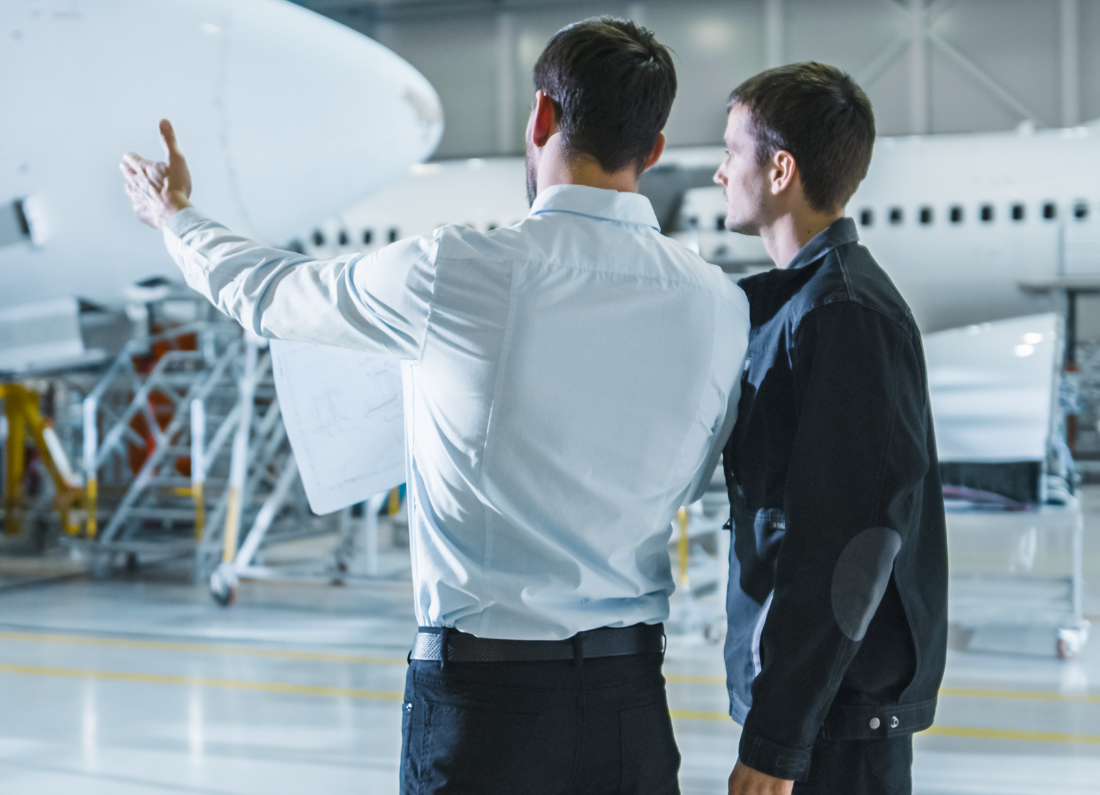How Maintenance, Repair & Overhaul Keeps Aviation Flying Safely
In the world of aviation, safety is not just a priority; it is the foundation upon which the industry is built. Behind every seamless takeoff, smooth flight, and safe landing lies the vital and often overlooked work of Maintenance, Repair, and Overhaul (MRO) operations. While pilots and aircraft manufacturers frequently capture public attention, it is the MRO sector that plays a crucial role in ensuring that aircraft remain not only operational but also compliant with the stringent safety standards that govern the industry.
What is MRO?
MRO stands for Maintenance, Repair, and Overhaul. It encompasses a comprehensive array of activities conducted to maintain the operational integrity of an aircraft throughout its entire lifecycle—from its initial delivery to its eventual retirement. This process involves scheduled maintenance, which is planned well in advance, unscheduled repairs that address unexpected issues, detailed inspections to assess the condition of various components, modifications to improve performance or comply with regulations, and complete overhauls of specific systems or the aircraft itself.
Aircraft are intricate machines composed of thousands of components and systems, each with precise tolerances and specifications. Over time, factors such as wear and tear, environmental conditions, and the stresses of repeated flight cycles can affect the condition and performance of these parts. MRO operations systematically address these challenges, ensuring that every bolt, wing, engine, and vital system is kept in optimal condition, thereby safeguarding the well-being of passengers, crew, and cargo.
Why MRO is Critical for Aircraft Safety
- Preventing Catastrophic Failures
Aircraft are subjected to extreme operational conditions, including high altitudes, rapid variations in temperature, and significant aerodynamic forces. Even minute defects, if left undetected, can lead to catastrophic failures and severe safety risks. MRO procedures involve thorough inspections and proactive maintenance to identify potential issues before they escalate, significantly reducing the risk of accidents. - Ensuring Compliance with Aviation Regulations
Regulatory authorities such as the FAA (Federal Aviation Administration) in the United States, the EASA (European Union Aviation Safety Agency) in Europe, and other national authorities impose strict guidelines regarding maintenance schedules and inspections. MRO organizations play a vital role in ensuring that aircraft adhere to these legal mandates, thus upholding safety standards on a global scale and complying with the evolving regulatory landscape. - Enhancing Aircraft Reliability
Through meticulous maintenance and timely repairs, MRO significantly enhances aircraft reliability. By reducing the likelihood of in-flight failures and unscheduled groundings, MRO not only improves operational efficiency and cost-effectiveness for airlines but also bolsters passengers’ confidence in the safety of air travel. - Extending Aircraft Lifespan
Proper maintenance can greatly extend the operational lifespan of an aircraft while maintaining safety standards. MRO activities—including engine overhauls, thorough structural inspections, and advanced avionics upgrades—enable older aircraft to continue flying safely and efficiently, maximizing the return on investment for operators.
The Human Factor: Skilled Technicians and Engineers
The effectiveness of aircraft maintenance is directly linked to the skills and expertise of the personnel performing it. MRO technicians and engineers undergo extensive training and certification processes, coupled with ongoing education to remain updated on the latest technologies, tools, and regulations. Their keen attention to detail, technical know-how, and strict adherence to safety protocols are essential for translating maintenance efforts into improved safety outcomes in real-world operations.
Technology Driving Safer MRO
Modern MRO operations increasingly rely on advanced technologies designed to boost efficiency and safety, including:
- Predictive Maintenance: Utilizing data analytics, machine learning, and real-time sensors to predict potential component failures and schedule maintenance proactively, minimizing unplanned downtime.
- Digital Twins: Developing virtual replicas of aircraft systems that allow for real-time monitoring, simulation, and performance analysis, enhancing the ability to anticipate maintenance needs.
- Automation and Robotics: Employing automated systems and robotics for precise inspections and repairs, thereby increasing efficiency and reducing the chances of human error during maintenance operations.
These technological innovations not only help uncover hidden defects but also streamline maintenance processes, ultimately reinforcing the overall safety of aviation operations.
Real-World Impact: Accidents Averted
The aviation industry’s history is filled with instances where diligent MRO work has prevented potential disasters. For example, routine inspections may uncover micro-cracks in turbine blades, which can ultimately prevent engine failures during flight. Replacing faulty avionics systems has similarly ensured the reliability of navigation and communication, underscoring the critical nature of MRO teams as the unsung heroes of aviation safety.
Conclusion
In the aviation sector, safety is non-negotiable and MRO is at the very heart of that commitment. As aircraft technology evolves and global air traffic continues to grow, the significance of MRO will only increase. By investing in skilled personnel, cutting-edge technology, and rigorous maintenance processes, the MRO sector ensures that every flight departs and arrives with the highest standards of safety upheld.
When passengers board an aircraft, they may never observe the maintenance hangars or have the opportunity to meet the diligent technicians. However, they owe their safety—at least in part—to the tireless and meticulous work that takes place behind the scenes to ensure their journey is secure and reliable.





